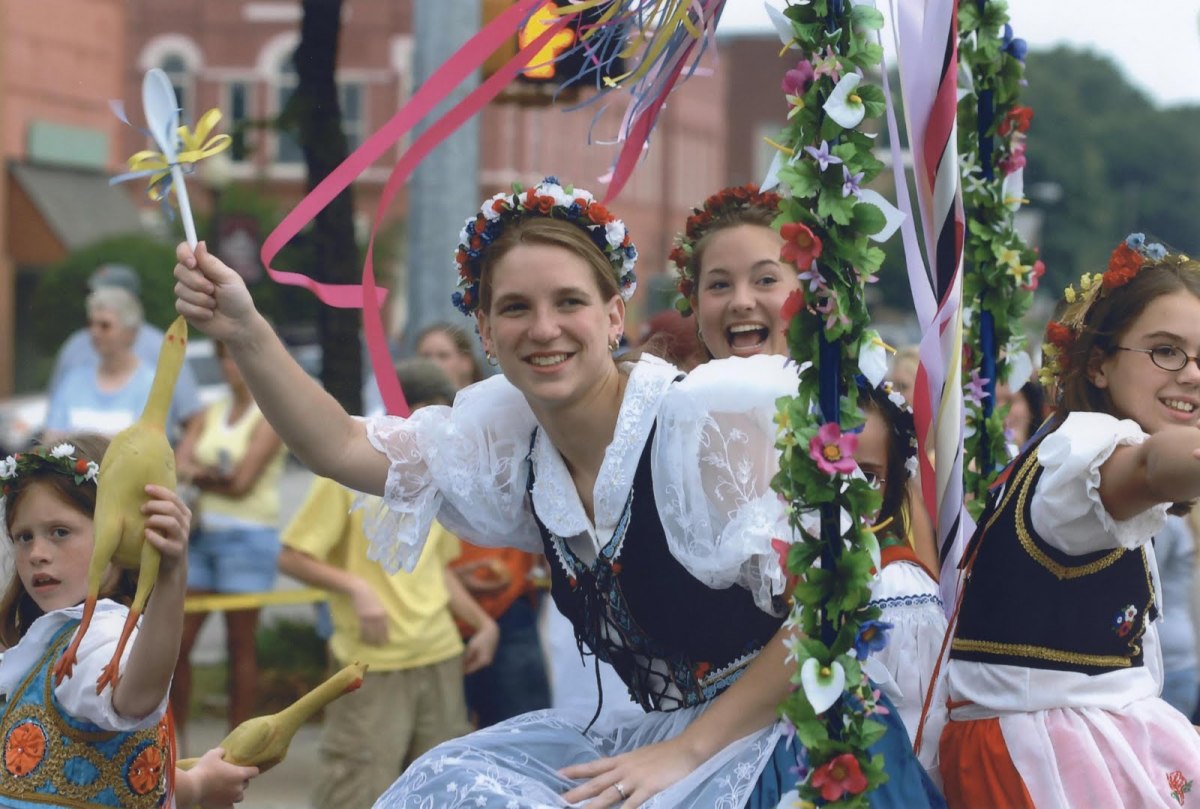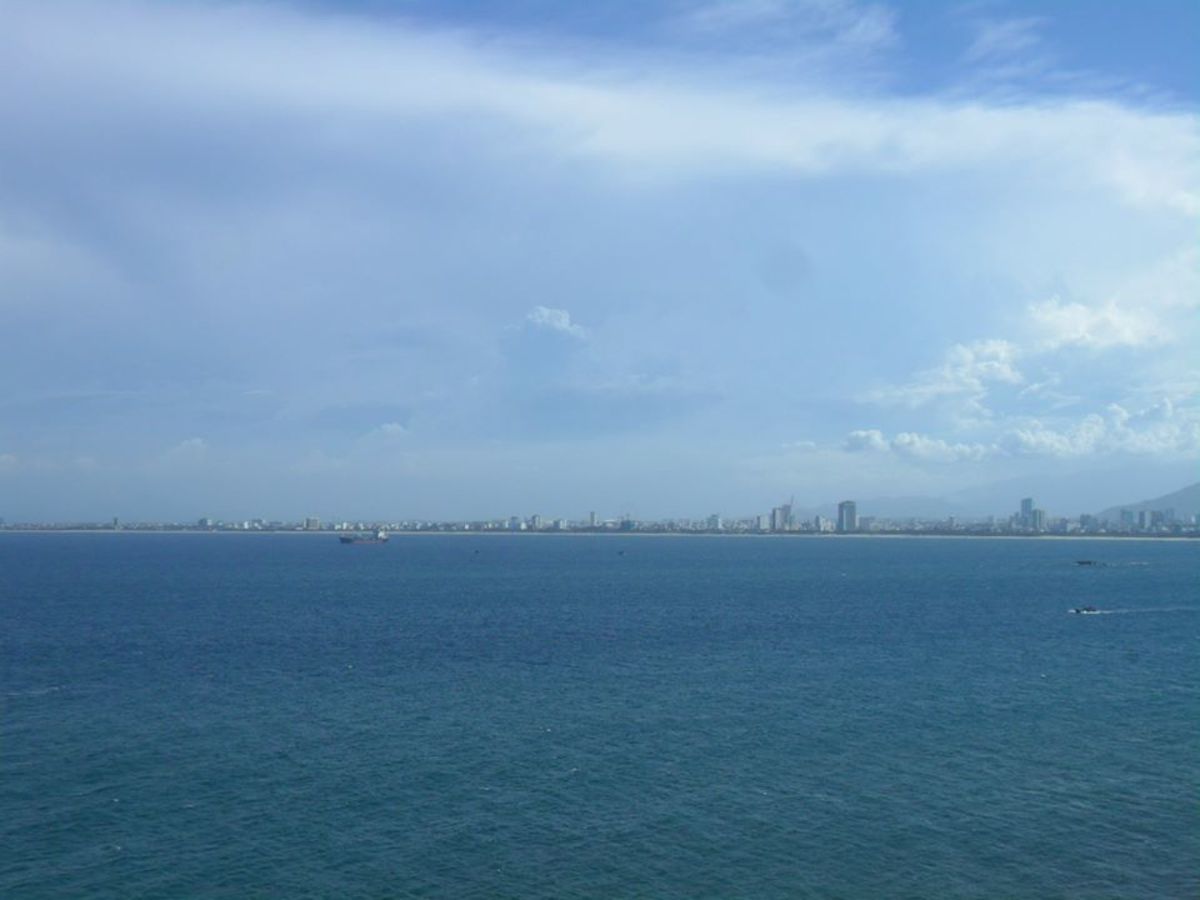Cultural Differences: Tips for Travelers
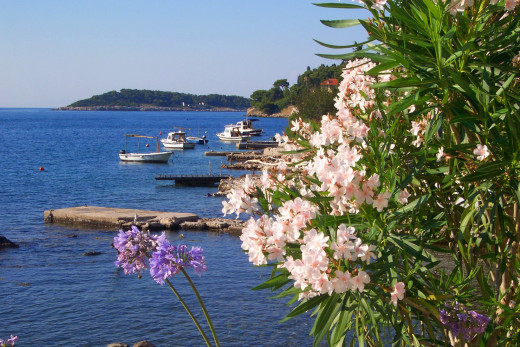
My Author Blog: Croatia
- Croatia
My blog of reminisces about my time in Croatia -- and a story inspired by living in the Mediterranean paradise.
Travel leads to some of the greatest adventures. For some people, this is why they decide to stay home – for them, "adventures" translates as "hassles." I admit that some of my best adventures were not particularly fun at the time – the New Year's Eve bug-stomper I "danced" with comes to mind, never mind my camel adventure. However, I remember those stories long after the memory of that "perfect" dinner or "idyllic" stroll on the beach has faded.
The cultural differences are what fascinate me the most; I have long called myself an amateur cultural anthropologist. (And I still bemoan the unified currency of the Euro, though I acknowledge I have likely saved money.) Some cultural differences almost cannot be described -- it's just small habits that indicate a different mindset; my year in Morocco, which I treasure, taught me that. However, many of the cultural differences are simple. Here are some of my favorites.
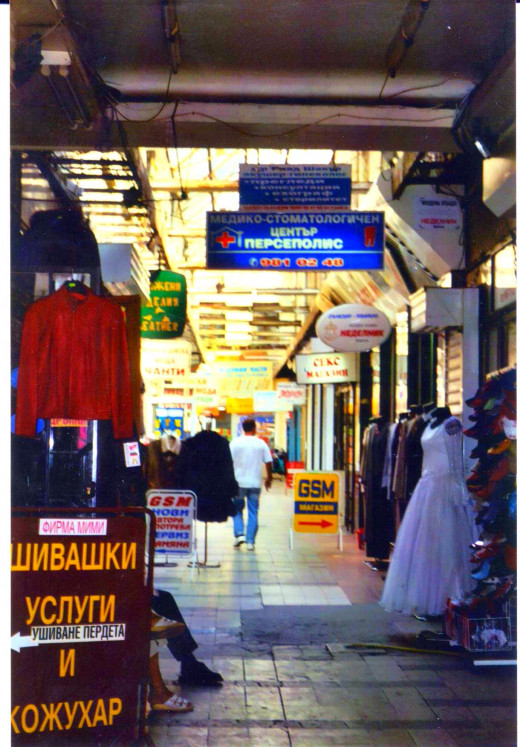
Denver Art Examiner
- Art in Denver: DIA “Mustang” - Denver art | Examiner.com
Sometimes art causes controversy, and sometimes it just fades into the background. The sculpture “Mustang,” by Luis Jimenez, falls into the former category. The
Body Language
In Bulgaria, shaking the head side to side signifies "yes," though it looks like "no" to an American. This is very disconcerting when you ask for the check in a restaurant, and the waitress shakes her head.
In Turkey, the hand signal for "ok," pointer finger and thumb together, resembles their version of "the bird," the middle finger. Actually, it's worse if you flash it to a man as it is a suggestion that he is homosexual. Turkish men do not appreciate that.
In Croatia, they employ the Mediterranean cheek-kiss, as they do in Serbia. However, Croats only kiss twice, once on each cheek. Serbs kiss three times, left-right-left (though I'm not sure it can't be right-left-right.) This comes up frequently: people in the Balkans will show how they self-identify via the cheek-kiss. So, Croats sometimes find a person coming in for an extra kiss and Serbs are sometimes left wanting. They laugh it off. Or pretend to.
In both Croatia and Serbia, celebrants look each other in the eye when clinking glasses and offering "cheers," or Živjeli. In the U.S., we usually look at the glasses, presumably to avoid spills. My Croatian friends advised me it seems shady not o look others in the eye at this moment.
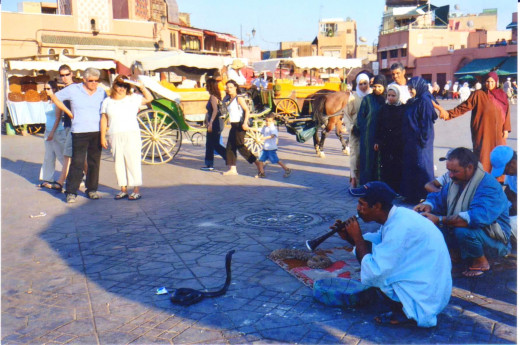
More Travel Hubs
Far Corners: Bizovačke Spa: Far Corners looks at some lesser-known travel spots. This spa located between the Hungarian and Serbian borders in Croatia is still largely patronized by Eastern Europeans.
Far Corners: Zlatni Rt, Rovinj, Croatia: Zlatni Rt, or Punta Corrente, is a pebble beach located walking distance from Rovinj, Croatia.
Kastav Film Festival: Kastav Film Festival by the Kvarner Bay of Croatia
is a truly independent film festival run by students of nearby Rijeka
University.
Communication
Obviously, there are different languages. However, sometimes even the custom of how to speak is different.
In Morocco, people talk over each other during the greeting. Watch two Moroccans greeting each other, and they are both talking simultaneously with their proscribed greeting: "Hello-how-are-you-I'm-fine-it's-good-to-see-you..." Depending on the relationship and the amount of time between visits, the greeting can go on for 30 seconds or more. When Moroccans are learning English, they often start out doing the same thing, talking over each other in English – or talking over the native English speaker who has paused. It takes them awhile to master the pause. On the flip side, they are amused when non-native Arabic speakers pause in the middle of the greeting.
In both Poland and Morocco, it is customary for men to shake hands upon meeting – always. In both countries I watched my students walk into the classroom and, teenaged boys included, shake hands with all the other men in the classroom. It is not customary to shake hands with women in either country, though in Morocco this is for religious reasons and a man would usually not presume. I Poland, though, it is not a surprise for a woman to join in on the hand shaking.
In Morocco, women kiss each other on the cheek when meeting, even when being introduced to a stranger. For the same reasons as above, they would never kiss a man on the cheek when meeting him for the first time.
In the Czech Republic, "ano," or the shortened "no" means yes. Hopefully you don't meet a Bulgarian speaking Czech, or you'll have no idea what's going on!
In Turkey, the way of addressing a teacher is by saying Oçam, which means "Oh, master." This feels respectful for about 30 seconds until Turkish teenagers start acting like typical teenagers and you realize it's just a custom.
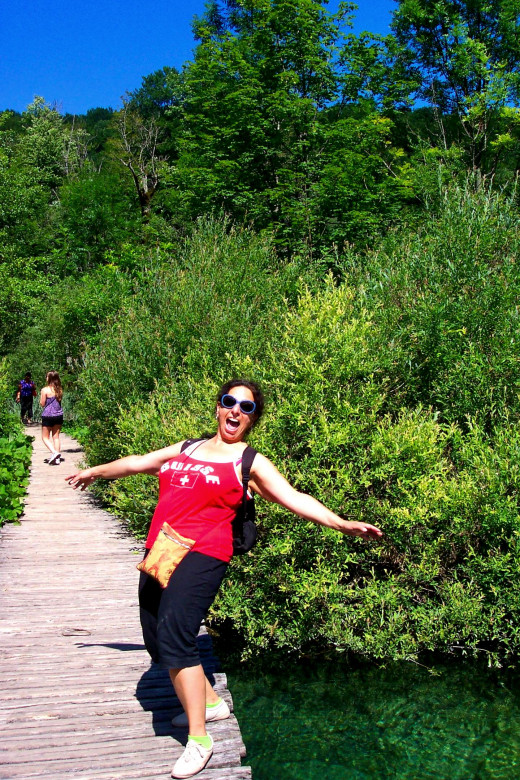
Learning a language is hard enough; learning the gestures and habits that go with it make the endeavor even more challenging. With the widespread use of English across the world, Americans (and Brits, et al) do not often have to learn other languages. However, the gestures and habits of a culture can lead to sometimes amusing, sometimes confrontational miscommunication. They are the fun bits to remember later, though.

